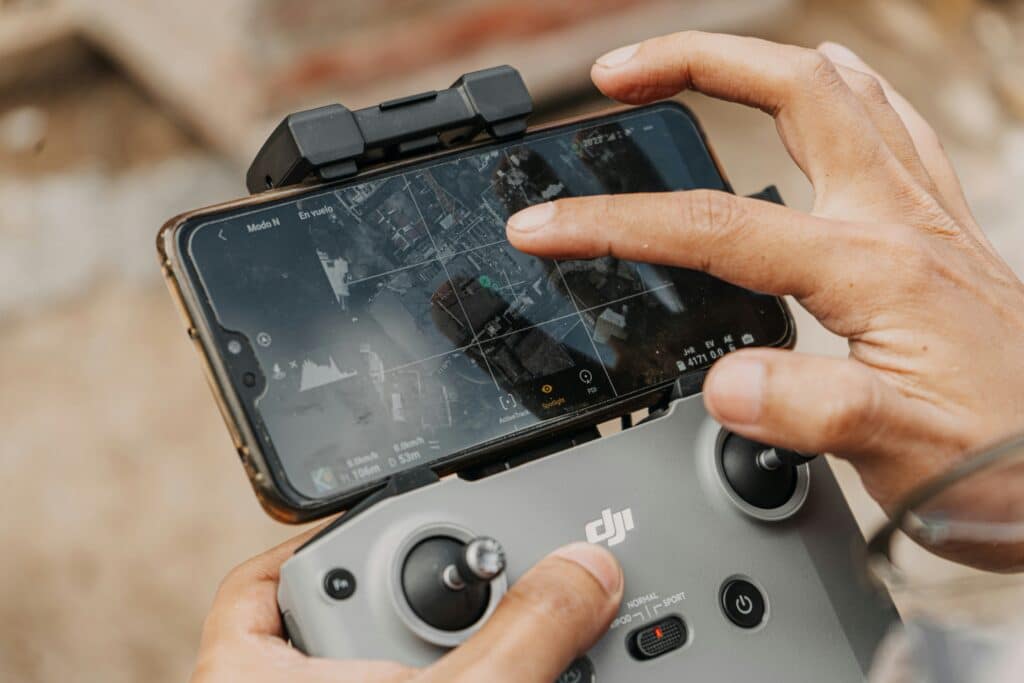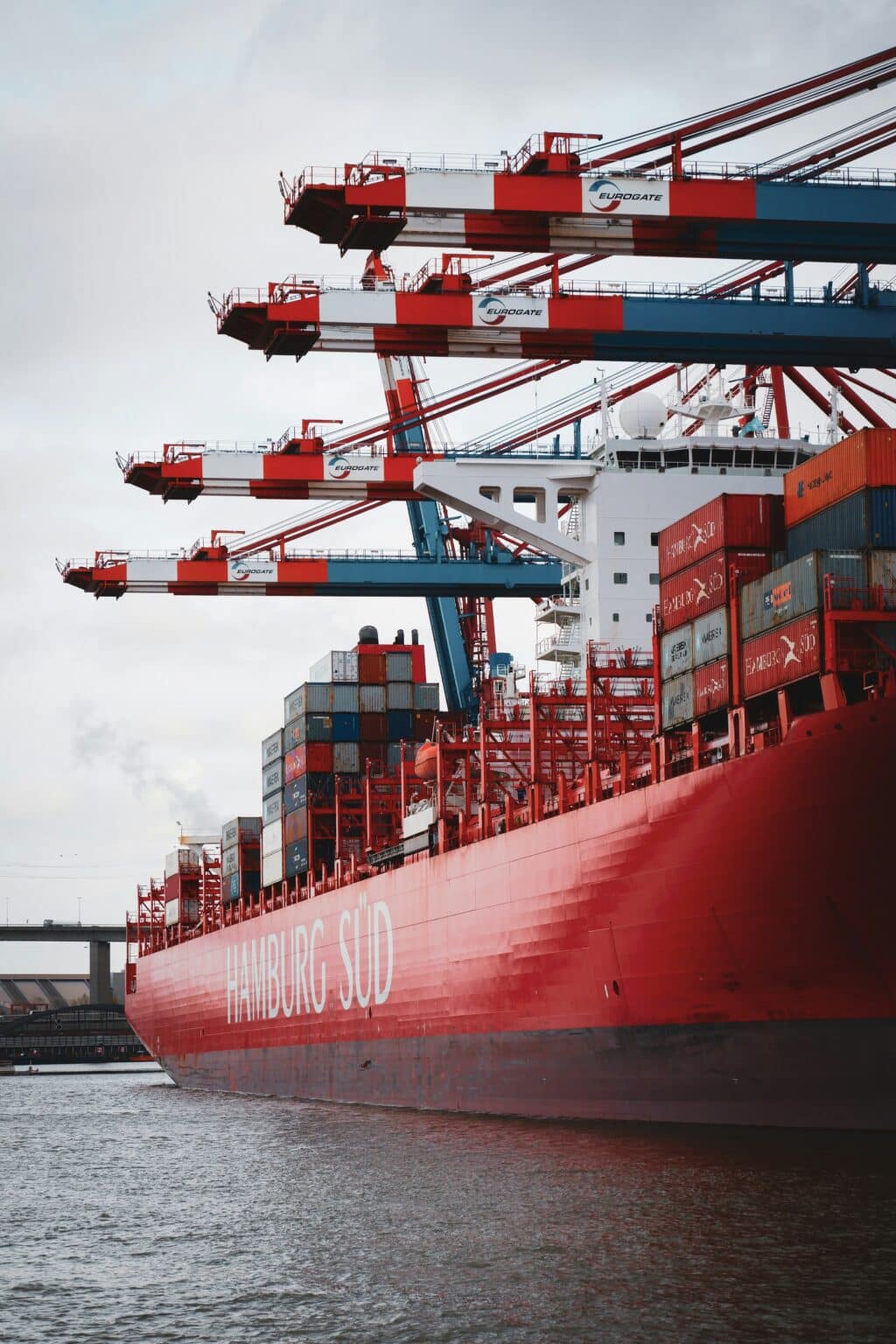As you know, a rapid change is visible with the advent of autonomous navigation systems. This has unleashed the prospect of integration with autonomous navigation technologies.
Autonomous drones and ships will revolutionize transport, with AI navigating seas and skies. Advanced sensors and communication will ensure safe, efficient journeys, while remote human oversight adds an extra control layer.
In this article, we will delve into the future of autonomous navigation. We shall look into its basic definition, working procedure, and development aspects in drones and ships. We shall also check upon the probable future, advantages that it will bring about, and the possibility.
IMAGE: UNSPLASH
Understanding Autonomous Navigation
Autonomous navigation defines a vehicle’s capability to navigate and make decisions independent of human interventions. The technologies in sensors imply computer vision, artificial intelligence, and advanced algorithms.
Basically, these devices all work together so that the vehicle can take in information from the environment, process it, and make smart moves based on it all around to keep it intact and functioning and accomplish its motion purpose.
How Autonomous Navigation Functions?
You must understand the mode of function of autonomous navigation. This is essential to understand why it is a torchbearer of future advancements.
1. An Array Of Sensors
Sensor technologies for autonomous navigation include cameras, radar, and LiDAR (Light Detection and Ranging). Many such sensors enable the vehicle to realize numerous things about its environment, neighboring vehicles, hindrances, or elements within the terrain.
2. Data Processing And Analysis
The onboard computer systems process and analyze the data collected by the sensors. Artificially intelligent algorithms interpret this data through machine learning to make accurate navigation decisions based on a good understanding of the environment around the vehicle.
LiDAR Annotation: A Key Enabler
LiDAR annotation service makes a vital contribution to independent navigation. Each LiDAR sensor emits to measure distances that these highly accurate 3D maps are drawn.
These annotations clearly describe objects for proper identification and classification, like buildings, trees, pedestrians, vehicles, etc. These objects are described through LiDAR annotation for clear descriptions of the objects for proper identification and classification, like buildings, trees, pedestrians, vehicles, etc.
LiDAR annotation firms provide human expertise in annotating LiDAR data so autonomous vehicles can navigate with precision and safety.
Autonomous Drones: Navigating The Skies On Its Own
The progress in the direction of autonomous navigation in drones has been stupendous, and the machines can be trained for plenty of uses. Here are some applications:
Delivery Services
Firms like Amazon and UPS have used autonomous drones to deliver packages. In a few instances, just in the blink of an eye, these tiny little flying vehicles will utterly revolutionize the world.
Aerial Surveillance
Drones with autonomous navigation capability are majorly used for surveillance and observation, thereby making vast contributions to search and rescue, disaster management, and wildlife preservation.
Autonomous Navigation In Ships: Paving The Way
The capacity for autonomous navigation in ships is promising, just as the technology may present in the drone world. Here are some applications:
Cargo Shipping
This revolutionary technological trend will shake up this industry due to reduced human error and efficient route optimization, thus higher efficiencies and saving costs.
Seas Exploration
These unmanned, autonomously navigated vessels can be used to explore the wide area of the oceans related to marine life for different scientific research, unexplored mapping of parts of oceans, and data collection for marine ecology with critical value at very low costs.
Possibility and Profit in the Future
Safety in Autonomous Navigation
Autonomous navigation reduces the element of human errors, which are among the leading causes of accidents in transport. Its precise navigation includes advanced sensors and algorithms to help vehicles navigate more accurately while swiftly avoiding potential hazards.
Efficient
It would ensure optimization of ways, use of fuel, and other operational costs that the driver could easily misuse.
Accessibility increases
Autonomous navigation can provide transportation facilities to those people who are physically disabled or ill, thus making them independent and opening a new realm of the movements made.
Innovation and Exploration
Autonomous navigation brings about a change in its application scope of innovation, exploration, and industries.
FAQs
Q1. What is an example of autonomous navigation?
Answer: Two names that are alternatively used to denote a leader in autonomous vehicles are Waymo and Zoox.
Q2. What is autonomous vehicle navigation?
Answer: It allows a vehicle to move and make decisions from one point to another in the safest way using much less human control, only via computer vision and sensors through specific navigation algorithms to secure an efficient and safe flight. For instance, any vehicle can be operated autonomously, and its navigation can be carried out without human input.
Q3. What is the future development of autonomous vehicles?
Answer: The scope of future development in autonomous vehicles includes advancements in sensor technologies, artificial intelligence, and connectivity. This involves better perception and decision-making abilities, improved safety features, and likely increased smart infrastructure integration, besides broader adoption across various industries.
Q4. What are the benefits of autonomous drones?
Answer: Autonomous drones are advantageous through increased efficiency and productivity in services like delivery and aerial surveillance to minimize human errors for safety, are made remotely realizable in areas hard to reach otherwise, and new applications ensure cost-effectiveness.
Conclusion
Independence in both aspects of traveling by drones and ships guarantees a change in these methods to a greater or lesser extent. Advances in sensor technologies, data analysis, and LiDAR annotation might be very encouraging when they help these vehicles navigate at much safer, more efficient, and more precise levels.
All in all, these benefits of autonomous navigation stretch much further into setting the enabling environment, which allows one to increase safety, accessibility, and innovation. As we move into this exciting space, the potential is limitless, and change is yet to be experienced.
IMAGE: UNSPLASH
If you are interested in even more technology-related articles and information from us here at Bit Rebels, then we have a lot to choose from.


COMMENTS